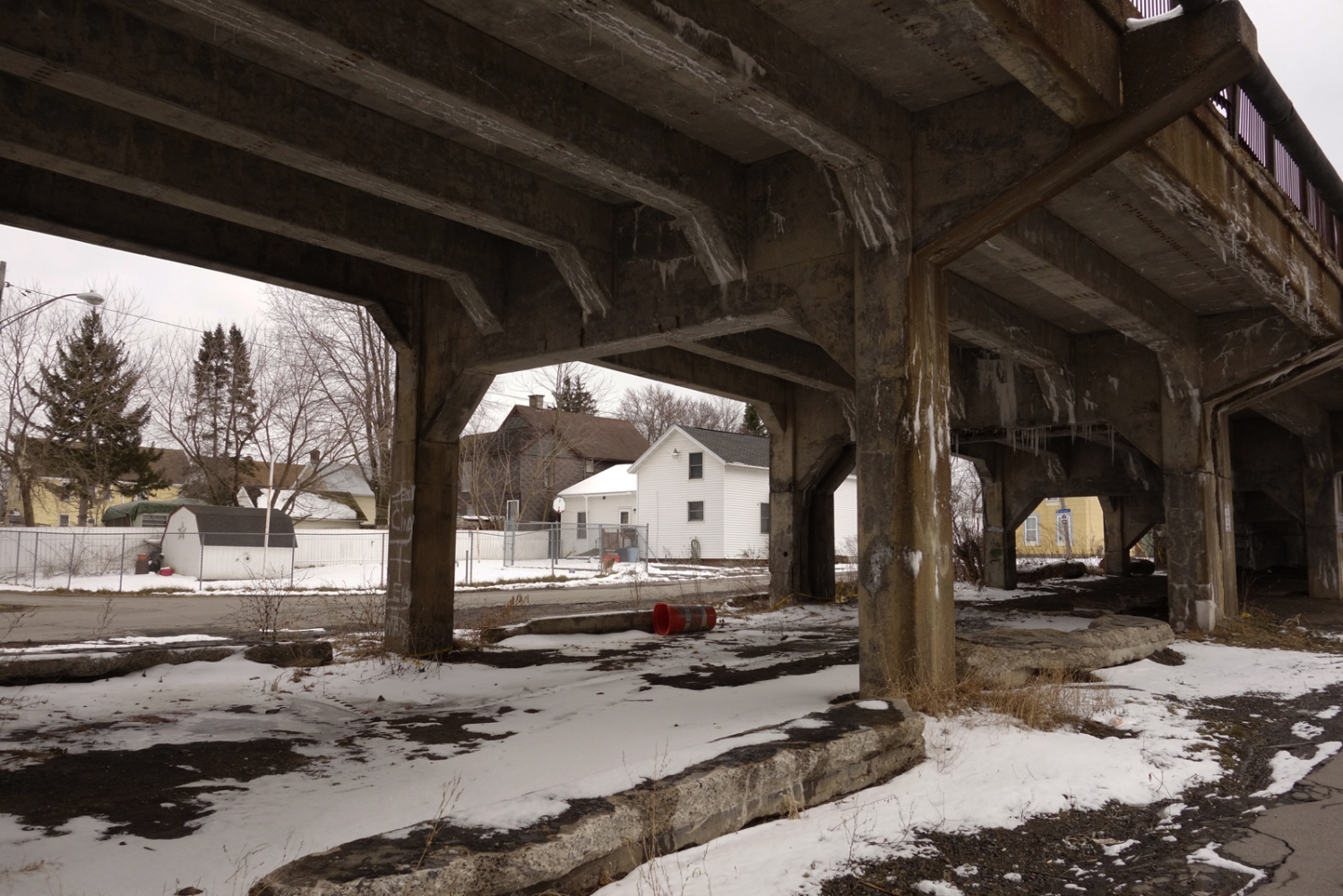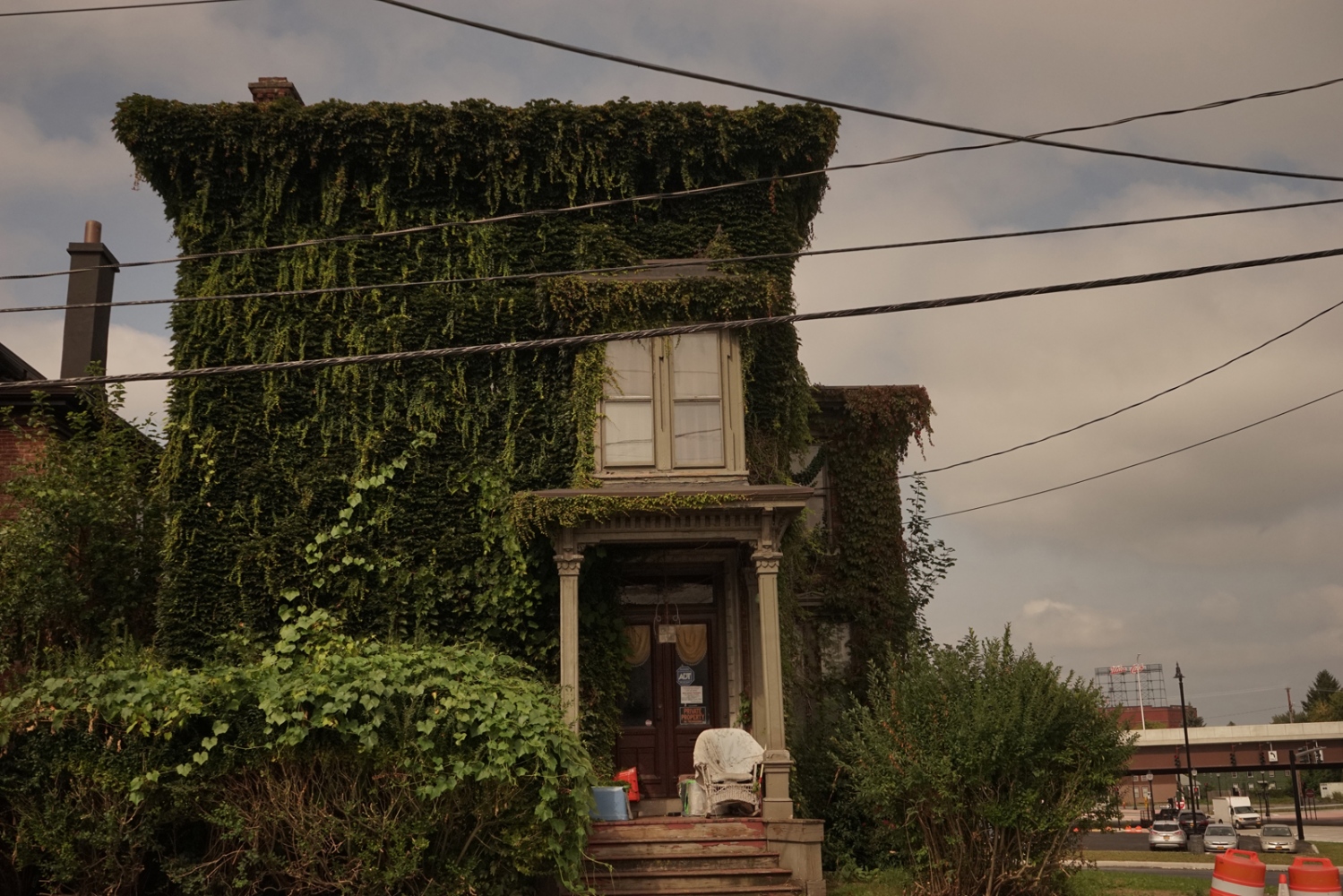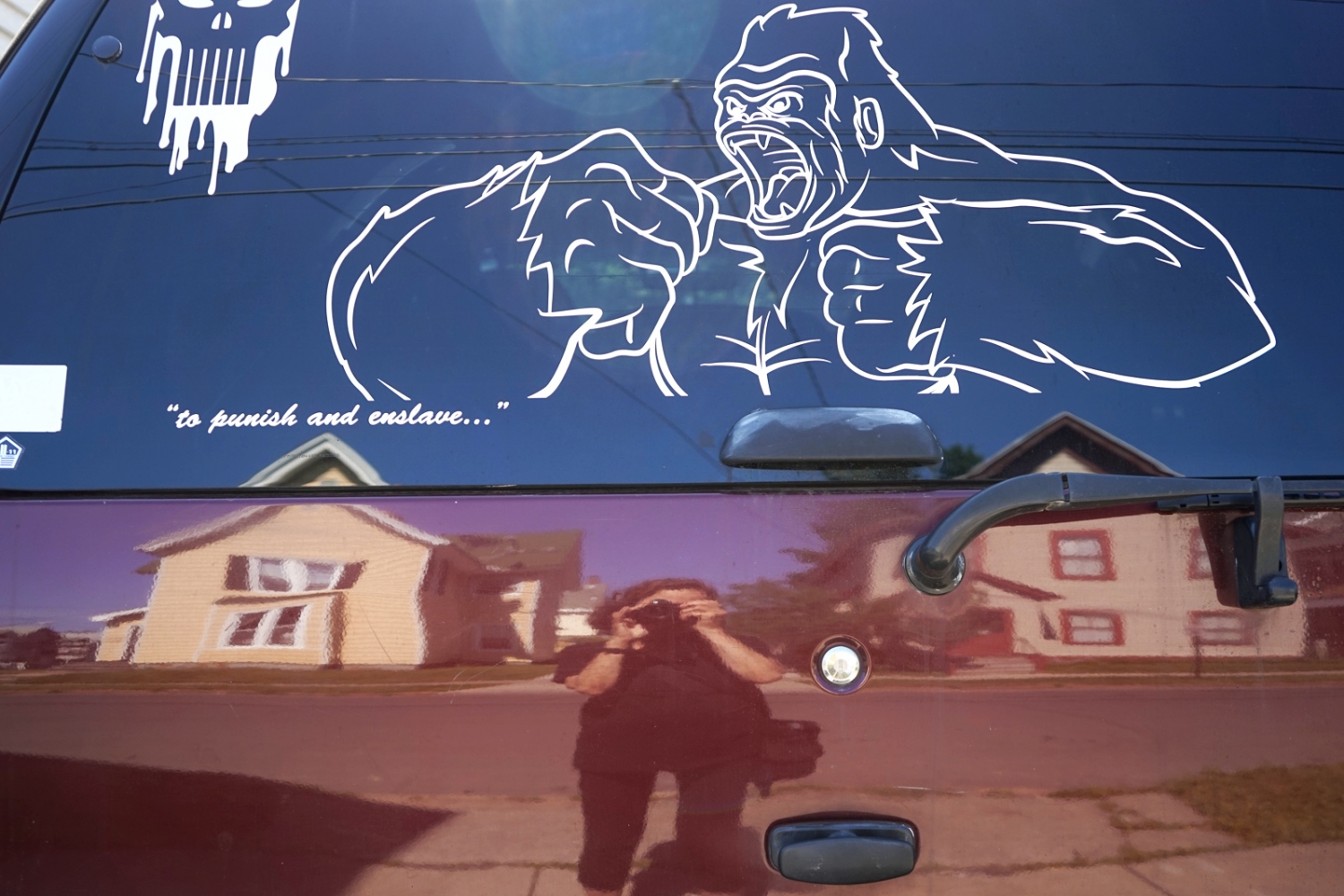Private Project
From Post Industrial to Refugee Haven
In 1976 when I moved to a rural hamlet in Central New York with my husband and son, Utica was the closest city (an 18 mile drive) to visit a museum, a movie theater or a café. People told stories about political corruption and organized crime and its nicknames were “Sin City” or “The City that God forgot.” Periodically there were notices in the local paper about targeted vendetta shootings or a corpse discovered in the trunk of a car. There were also stories of prior industrial splendor, when textile and steel mills attracted immigrants from Poland, Ireland, Italy, Germany and Lebanon to work at those factories. At its peak in 1960s the population grew to 100,410; was 98% white, 1.6% black with a negligible percentage of other races.
After my husband and I separated and I was offered a position as executive director of an international residency program for sculptors housed in a former factory building, I sold the house and rented an apartment in Utica.
While living in the countryside, I’d been taking pictures of rural life, when I moved to the city I turned my attention to the urban scene. At this point Utica’s nickname was “Arson Capital of America,” due to an epidemic of house fires; factories going out of business, store closures were rampant and there was a marked population decline. When the last super market closed its doors, things really looked bleak.
But then came the refugees. The Mohawk Valley Resource Center for Refugees opened its doors 1979 and by now has resettled over 15,000 individuals, helping to re-stabilize the population and making it a more interesting and livelier place. The Center arranges housing, education, employment, and social services for incoming refugees, who arrived here from a multitude of global war zones. According to the Observer Dispatch, “Utica schools now have more than 9,000 students with an estimated 42 different languages spoken.” Currently, Utica is known as “The City that Loves Refugees.”
I never thought that I would end up living the better part of my life in Upstate New York. Prior to moving here I’d lived in New Orleans, in Mexico City, in New York City – and before that I arrived as a nine year old with my mother and sister at Ellis Island, survivors of the Holocaust seeking a new life – so I feel quite at home here among these refugees.
721


































